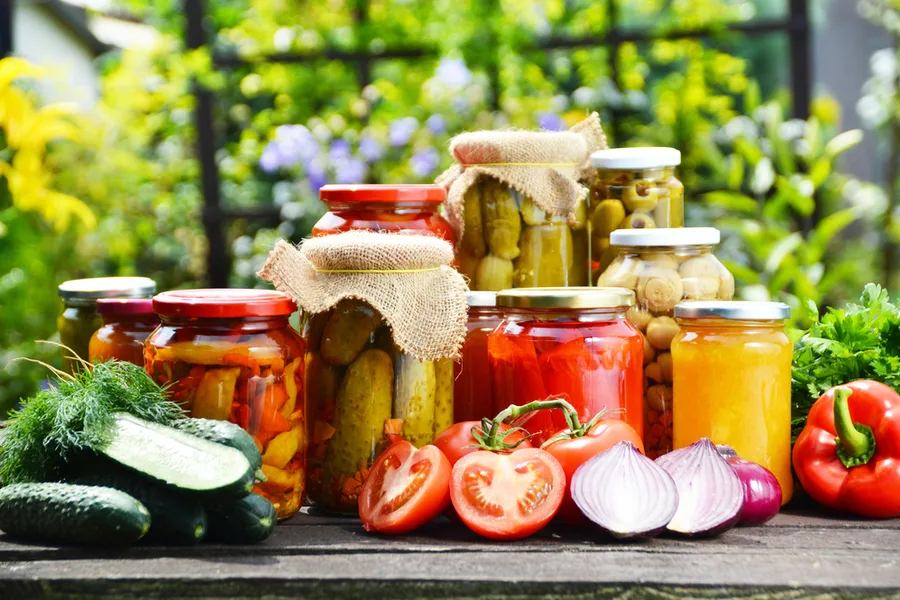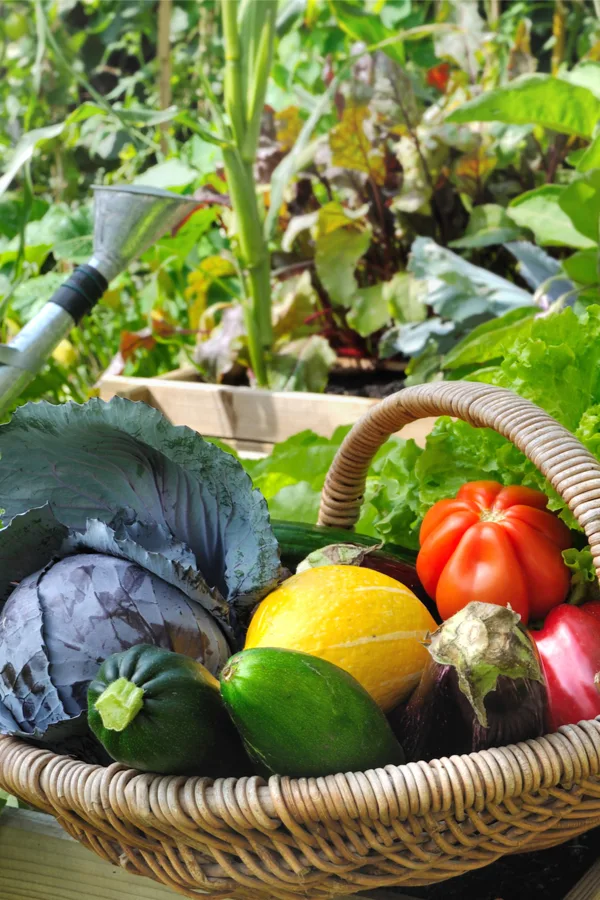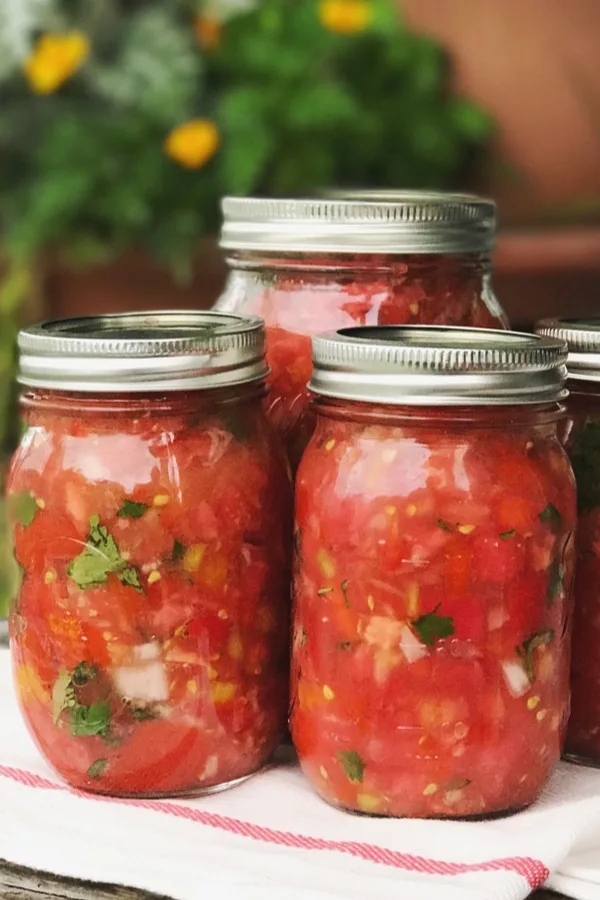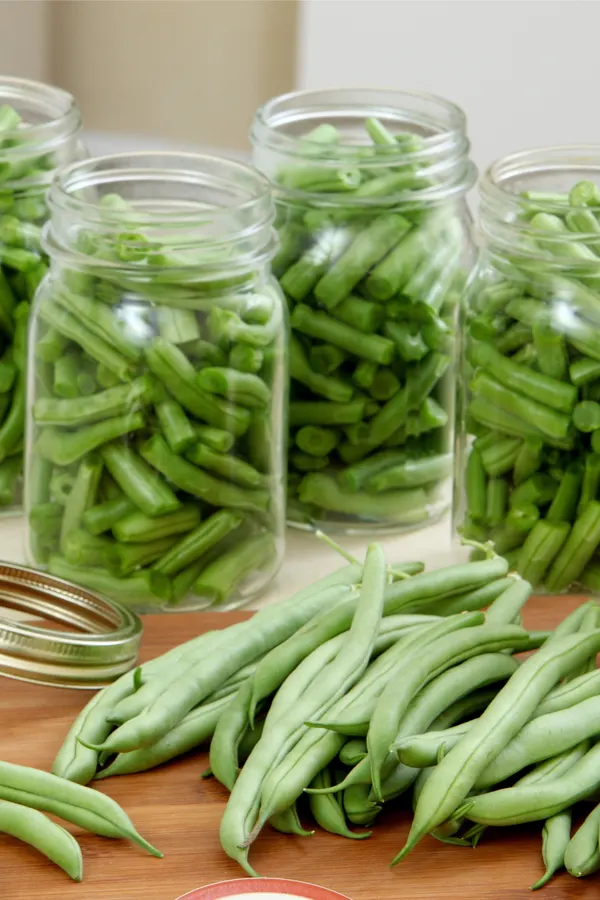There is no better way to lower your grocery bills and consume healthy, delicious fruits and vegetables than by planting a garden with canning and preserving in mind.
More and more people are turning to vegetable gardening than ever before. And it’s easy to see why – growing your own vegetables not only gives you access to fresh food, but can also save big on your family’s grocery bills. Especially when you can preserve a garden’s harvest to last all year round!
But growing enough food for preserving an entire winter’s worth of provisions can be a challenge. For starters, you have to think beyond a traditional garden planting plan. That means planting enough for fresh eating in the spring, summer and fall – and even more for canning and preserving!

To do that, you not only have to plant more plants, but select varieties that produce the best vegetables and fruit for preserving. Not just for quantity, but for their ability to preserve well. Both in taste, flavor and texture – and for overall safety.
It might sound like a big challenge, but with a bit of simple planning, you can have your garden producing like never before this year. And in the process, grow more of your family’s food than ever.
With that in mind, here is a look at how to plan and plant your garden this year for canning and preserving
How To Plan & Plant A Garden For Canning & Preserving
Creating The Right Plan For Your Family’s Needs
A great preserving plan begins with an effective garden plan. And that all starts by creating a planting plan around the vegetables your family loves to eat most, and making sure to allow enough space for growing plenty for canning and freezing.

It sounds simple, but it can be easy to base a garden on fresh eating only. The key is to take both the fresh and year-round concepts, and translate it into a garden plan that satisfies both needs. In other words, plant enough for now, and to save for later!
Begin by making a list of all of the vegetables, vegetable dishes and veggie-based products you and your family eat in an average month. Not just in the spring, summer and fall, but winter too.
For example, how many times are you opening up a can of green beans in the winter? Frozen or canned corn? It is important to have an idea of how much you consume in order to know how much to grow.
Common vegetables can be fairly easy to tally up for a one year estimate. Simply multiply one month’s worth by 12 to come up with an approximate total.
Don’t Forget The Extras – How To Plant A Garden For Canning
Next, think about the vegetable-based products you consume throughout the year. This will include items such as salsa, soups, jams, pasta sauce, tomato juice and more.

This is where good planning really comes into play. If your family consumes a jar or two of salsa each week, you will need to plant with that in mind. The same goes for making sure to grow enough vegetables for making and freezing soups as well.
On that note, soups are one of the best ways to preserve your garden for hearty meals in the winter. Not only are they great for using up a medley of produce, they make for a quick meal at the ready! (see : How To Make Soup Bricks)
Planting A Garden For Canning and Preserving
Once you have your food list totaled up, its time to translate it all into a planting plan. When it comes to preserving a garden, one of the biggest key to success beyond a good plan is choosing the best varieties for canning and freezing.
Grow Varieties That Work
Some heirloom and specialty plants might produce delicious fruits and vegetables, but in small quantities. When planting for preserving, select proven, high-yield plant varieties that are known to grow well in your specific growing zone.

And of equal importance, choose varieties that are known to preserve well. Thick-walled peppers freeze better than thin-walled varieties. Likewise, some tomato varieties don’t have enough acid for safe canning, so select plants with a higher acid content that make them better to preserve.
It is important to do a little research before planting to make sure you are growing what you need, and in the quantities you need.
As an example, many folks who can love to grow a fair amount of determinate tomato plants. Determinate varieties ripen their harvest all at once over a two to three week period. This makes it easy to harvest and preserve all at once. (See : Determinate vs. Indeterminate Tomatoes)
Always Preserve Food When Fresh – Planting A Garden For Canning
Last but not least, preserve the garden as you go. Many gardeners make the mistake of waiting until the garden is overflowing with over-ripened fruit.
This is actually one of the least favorable times to can and preserve. The fresher the vegetables, the safer and better tasting they are to preserve. Try to process produce at its peak of freshness, a little each week to reach your preserving goals.

This keeps the task manageable, and the food at its best. And of course, always use tried, true and safely approved recipes for preserving. One of the best all around books on this subject is the Ball Book of Canning. Product Link : The Ball Book Of Canning
Preserving The Harvest – Planting A Garden For Canning
There are many safe ways of preserving food. And most often, using a combination of methods for a total storage plan works best.
For many families, there may not be enough space in the freezer to freeze everything. Or, enough pantry space to store an entire harvest in hundreds of canning jars. But using a combination of preserving techniques helps take advantage of all available spaces.
In addition to canning and freezing, many foods can be preserved through dehydrating, or simply drying and curing. Onions, potatoes and garlic are three excellent examples of vegetables that can be grown, and easily cured and stored dry.
By preserving in various ways, it provides a nice variety and mix of foods for a family to enjoy the whole year long. Here is to planning and planting your garden for canning and preserving this year!
Follow Our Facebook Page For Great Gardening Tips And Advice! This Is My Garden Facebook Page
This Is My Garden is a garden website created by gardeners, for gardeners. Jim and Mary Competti have been writing gardening, DIY and recipe articles and books and speaking for over 15 years from their 46 acre Ohio farm. They publish three articles every week, 52 weeks a year. Sign up today to follow via email, or follow along!

